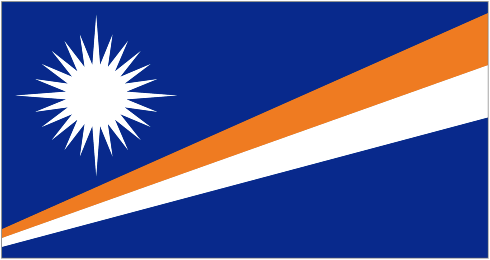March 1

“In the 12-year period from 1946-1958, when the Marshall Islands was a United Nations Trust Territory administered by the United States, the United States conducted 67 atomic and hydrogen atmospheric bomb tests in islands, with a total yield of 108 megatons, which is 98 times greater than the total yield of all the U.S. tests in Nevada. Put another way, the total yield of the tests in the Marshall Islands was equivalent to 7,200 Hiroshima bombs. That works out to an average of more than 1.6 Hiroshima bombs per day for the 12-year nuclear testing program in the Marshalls…“
—From the Marshall Islands’ Four Atolls Submit Statement before the Senate Energy Committee to Address Nuclear Testing Issues“
Over a tenth of that 12-year yield was delivered in a single day: March 1, 1954.
The hydrogen bomb known as Castle Bravo was expected to yield a 5 megaton blast, equivalent to over 300 Hiroshima sized blasts. The starter alone on Castle Bravo (Hydrogen bombs required the detonation of a smaller atomic device known as a ‘primary’ to kick-start the fusion process) was itself twice the size of the bomb that leveled Hiroshima.
A miscalculation of the reactive properties of the lithium isotope present in the fusion fuel resulted in a runaway chain reaction that created an explosion three times larger than scientists had predicted.
The Castle Bravo explosion was visible from 250 miles, it left a mile-wide crater on the atoll, and the mushroom cloud stretched 60 miles across. It remains to this day the largest nuclear weapon the U.S. ever tested.
The high yield, combined with shifting winds, resulted in hundreds of residents of the nearby atolls receiving dangerous doses of radiation. A Japanese fishing vessel was also in the path of the radiation fallout; the crew became ill and one member died. Japanese and English scientists were able to use radiation samples from the vessel to determine that fallout caused by thermonuclear tests in the Pacific was much higher than the U.S. had claimed.
According to the Marshall Islands’ Report, “The Bikinians have been exiled from their homeland since 1946, except for a brief period after President Johnson announced in 1968 that Bikini was safe and the people could return.”
That announcement, it turns out, was premature. The residents were moved off the island permanently 10 years later.
